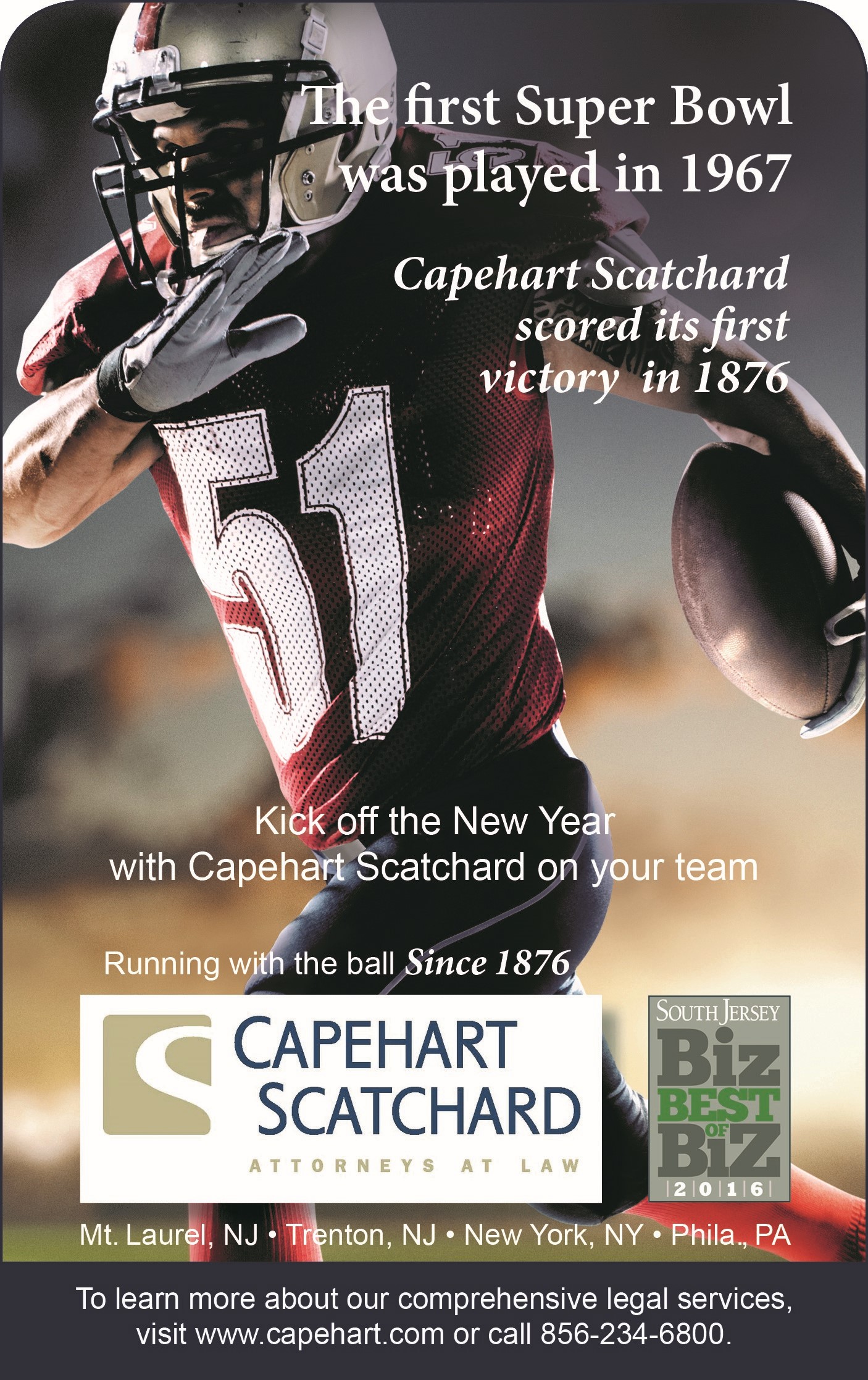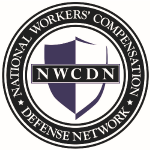Heart Case – Hellwig v. J.F. Rast & Co., Inc.
In a traumatic heart claim, New Jersey requires a comparison between work and non-work effort.
The Central Issue Is: Does A Claimant Have To Prove That The Work Effort Was Greater Than Both What He Usually Did At Work And What He Did Outside Of Work?
The answer came in one of the most important cases on traumatic heart attacks: Hellwig v. J.F. Rast & Co., Inc., 110 N.J. 37 (1988). This was a Supreme Court case which has finally defined what the phrase “in excess of the wear and tear of the claimant’s daily living” really means. The answer is that this standard does not include the claimant’s daily work. Adjusters should turn to the Hellwig case, not Prusecki, when handling traumatic heart claims.
The decedent in Hellwig, out on a layoff for several weeks, returned to work at Anheuser-Busch in Newark. He had done little during his layoff, but he was eager to get back to work, each day going to his union shop. On his first day back he reported to work and was given a job involving the repair of a pasteurizer machine. The work had to be done on an upper level, requiring climbing of six or eight steps on a ladder at a 70 degree angle. Decedent and a co-employee raised 20-25 stainless steel doors searching for leaky sprayheads. The doors were heavy, weighing 35-50 pounds and were hard to lift. The humidity was high, with temperature in the 80s. The record states that the decedent was perspiring. After completing his inspection, decedent walked 1,000 feet to the maintenance shop where he obtained a welding machine, a large bottle of gas, and a few hundred feet of welding lead. The welding machine weighed about 300 pounds. Decedent carried about 100 pounds of welding lead to an elevator. He then carried all of this to the pasteurizer with the aid of another employee. At 9:30 he took a 15-20 minute coffee break. He then went to the bathroom. After a few more trips up and the down the ladder the coworker noticed that he did not return. He died of a massive heart attack at work.
The Supreme Court agreed with the workers’ compensation judge that this was a compensable accident but it corrected an error that the Prusecki court had made. Here are the rules from the Hellwig case:
RULE ONE:
Measure the work effort against the wear and tear of the claimant’s daily living, not against the normal work activities. In other words, the test is not what the worker usually did at work, but a comparison between what the worker did at work which caused the injury and what the worker did outside of work.
RULE TWO:
Consider the worker’s medical history, intensity and duration of the precipitating work effort, and the time interval between the work effort and manifestation of the heart dysfunction.
When a practitioner has facts like those in Hellwig, he or she should consider that most courts will find compensability. The three factors that tend to point to compensability in a traumatic heart claim, regardless of risk factors, are as follows:
- The claimant engaged in intense work effort for a considerable period of time;
- The time gap between the intense work and the heart dysfunction is short;
- The worker did not engage in very stressful non-work activities.
If a claimant says he or she was a couch potato at home, respondent must be creative. The best way to defeat this sort of testimony is to consider investigation along these lines:
- statements of co-employees regarding hobbies or sports the worker usually engaged in;
- surveillance which shows the worker doing something he or she claims he/she never did and cannot do;
- secondary employment, active participation in organizations, or the like;
- evidence of unhealthy lifestyle such as excessive smoking or drinking.
The riddle in Hellwig is how to deal with the worker that has a history of obesity, smoking, or other risk factors of a heart attack. Claimants’ attorneys argue that these kinds of claimants — those with many risk factors — are ideal to represent precisely because it takes less work effort to prompt the onset of a heart attack in a person who has risk factors. Defense counsel argue that the history of obesity, smoking, or other risk factors is part of the wear and tear of daily living as measured against the work effort and should tilt the scales toward non-compensability. Until the precise cause of heart attacks is known at the cellular level, practitioners will continue to struggle with the standards in Hellwig.








Connect with Capehart Scatchard